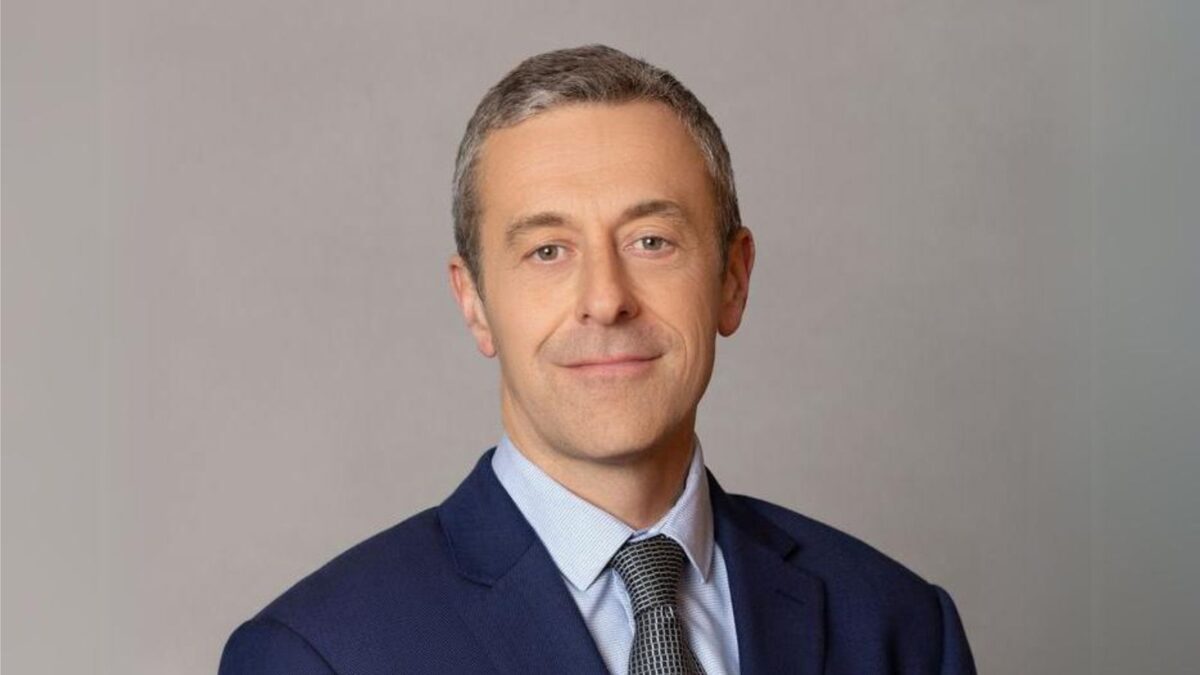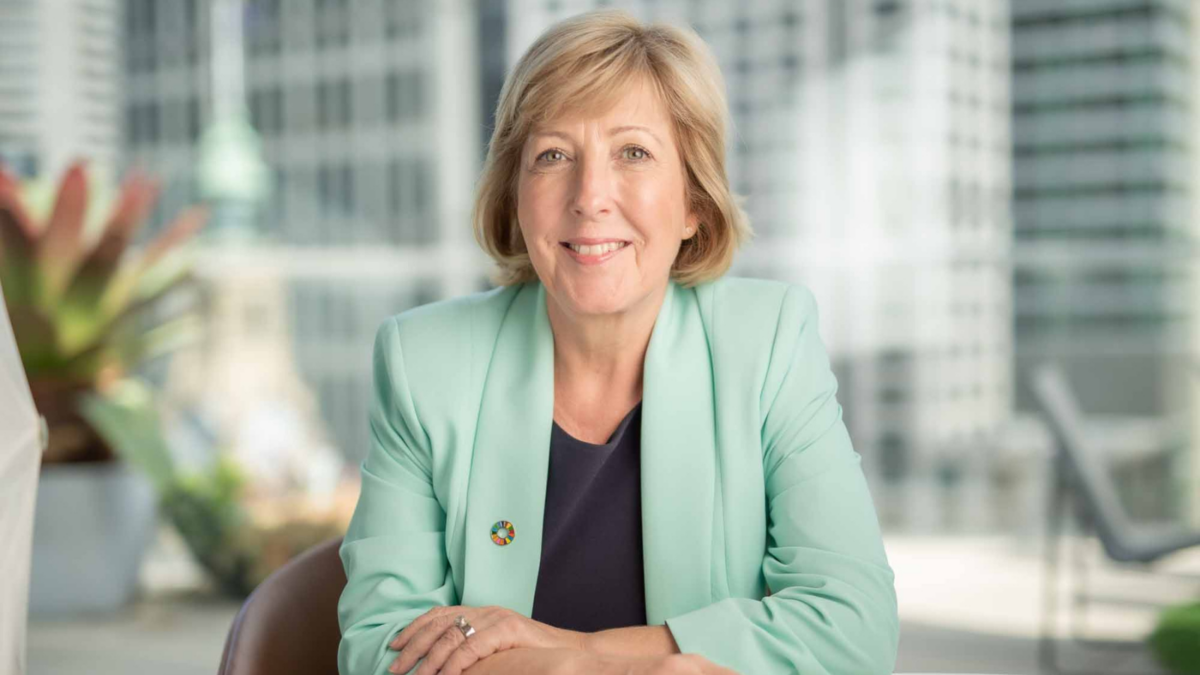‘It played a vital role’: So long CMSF, AIST
AIST personnel are heading for the door amidst the merger with ISA, while its second-string ASI conference in talks to be taken over by an as-yet unnamed sister organisation. Meanwhile, the venerable Conference of Major Superannuation Funds (CMSF) which started it all is now also presumed dead by its operators, barring another organisation taking it over or the merged entity preserving it out of the goodness of its heart – unlikely, given the declining revenues it generated.
CMSF figures heavily in the creation myth of industry super. The first CMSF in 1991 was largely the idea of the late Mavis Robertson and was held at the North Beach Hotel in Wollongong; the hotel, then in receivership, was happy to cut the assembled funds an attractive deal. The conference signaled a break with Association of Super Funds of Australia (ASFA), then the sole representative body for super funds but which the industry funds that had joined it no longer felt represented them.
“ASFA incurred our displeasure on a couple of occasions,” Garry Weaven tells ISN. “The CEO of ASFA put out a fairly strident attack on the government and Treasurer Paul Keating’s 1988 tax package. I wrote a letter to ASFA at that time pointing out that we had more members than the rest of their membership combined; we certainly didn’t have more money… And we certainly didn’t agree with his statements and thought we were going to be just fine with the changes.”
That was the beginning of the falling out with ASFA; Robertson then proposed the creation of a new peak association for industry funds, but a number of parties intervened to convince the rebels to stay the course. They agreed not to start another organisation in exchange for constitutional reform to make ASFA more representative of funds rather than service providers.
“The members were people like the Mercer or National Mutual staff superannuation fund,” Weaven says. “So mostly the body was controlled and constituted by service providers, not independent trustees. We urged them to reform, but said that we would run our own annual conference.”
The name was somewhat tongue-in-cheek: they were making the point that it was for big funds, not little staff super schemes. Still, AIST was created soon after.
“We basically ratted on our agreement not to have an alternative body,” Weaven says. “Mavis became convinced that we had to have an alternative, and so we pushed it. I think I might have come up with the fancy name.”
Per former ISN editor Greg Bright, the first CMSF was as much a statement of defiance as a forum for education and discussion: ‘We are here and we mean business.’. One year later – the last time the conference would squeeze into the then-limited accommodation available in Steel City – Paul Keating addressed assembled conference goers with a line that has passed into industry folklore: “It is so nice to be speaking at a superannuation conference where everyone is not standing around clutching their warm gins and tonic.”
“At the second Wollongong CMSF… the mood was even more celebratory,” Bright writes in his forthcoming book Our Money in Their Hands: The People Behind Super. “Some of the service providers to attend had to drive the two hours from Sydney each day, such was the lack of accommodation. Fund trustees and staff got preferential treatment and service provider numbers were capped. Unlike the traditional annual conference held by ASFA, there was a lot of noise, a lot of colour and movement, a lot of swagger too.”
AIST was itself spawned by CMSF – the conference covered running costs – and was set up as an educational body for what was expected to be a massive influx of new trustees, mostly sourced from workplaces. The idea at the time was that trustees would regularly rotate; a quick glance at the trustee board of any major super fund shows that didn’t come to pass.
CMSF also figures in the creation of Women in Super, which was set up by Robertson, Helen Hewett, Robin Gordon, Sheridan Lee and Ann Byrne so that women could network at CMSF among all the “grey suits”; WIS, in turn, led to the creation of the Mother’s Day Classic. AIST also created the Australian Council of Superannuation Investors before the proxy adviser became its own entity.
“As an entity, it was never just about an annual conference… We started and seeded a lot of organisations and when they could stand on their own two legs they went off to do their own things but stayed part of the family,” former AIST CEO Fiona Reynolds tells ISN.
It’s now been a long time since CMSF and AIST were central hubs for policymaking; AIST’s influence in government also waned with the rise of ISA, which from its advent quickly took over sophisticated lobbying activities, professionalising the industry’s link to Canberra and unleashing the collective media campaign. A merger between ISA and the AIST was previously proposed during the tenures of Reynolds and David Whiteley.
“We were tripping over each other a bit… its remit kept growing, and it was a bit confusing, particularly in Canberra, when you had two groups representing the not-for-profit sector,” Reynolds says. “Me and David talked about putting the two entities together, and had sorted that out in our own minds and on a piece of paper and were quite comfortable with it.”
The merger didn’t get through the boards of the entities, complicated by the fact that the member bases were not identical and some funds hadn’t signed up to the collective campaign. Some of the smaller funds in the mix also felt that they wouldn’t be represented and that bigger funds would run the show.
“I do think though that CMSF in the early days was really important, because you did need things to bring people together to discuss and debate issues and to set the agenda for the industry and get everybody on the same page,” Reynolds says. “People can say that it’s just a conference or just an organisation, but I think it played a more vital role than that, and did spawn a lot of other organisations that came after it.”
CMSF was designed to be “of the not-for-profit industry and for the not-for-profit industry”, Reynolds says, noting that while many people think that distinction doesn’t exist anymore there still needs to be forums to discuss the policy and future of superannuation.
“I do hope that if it doesn’t continue that new entities recognise you need collective vehicles and ways to bring people together,” Reynolds says. “The industry has achieved a lot but it still has a lot to achieve.”










